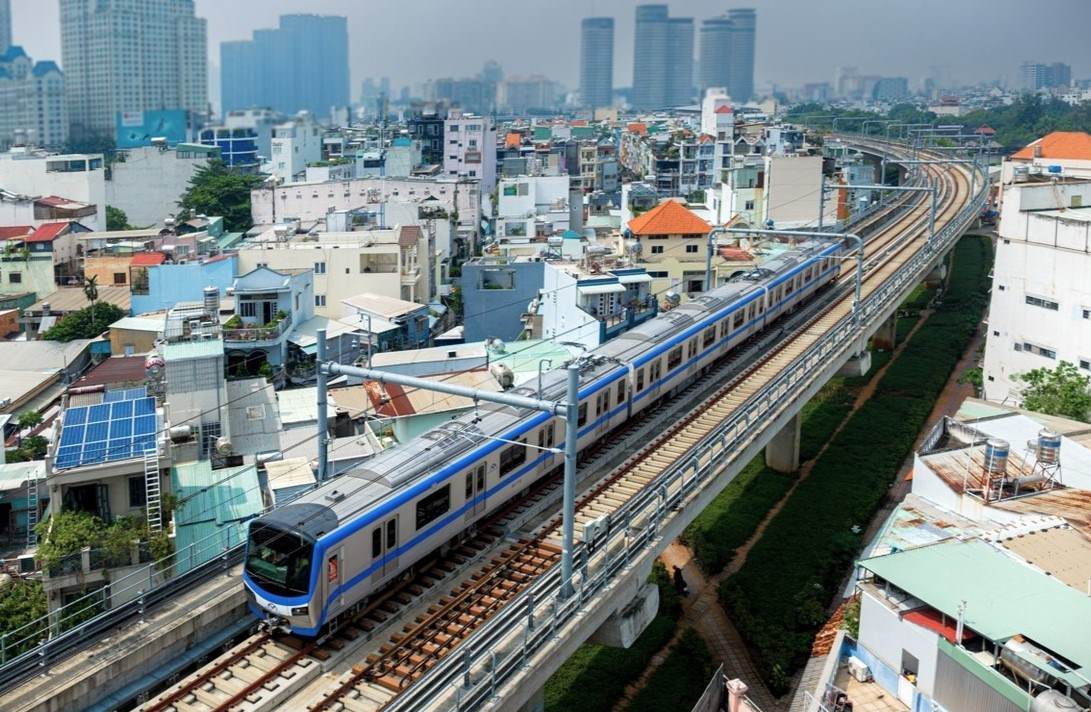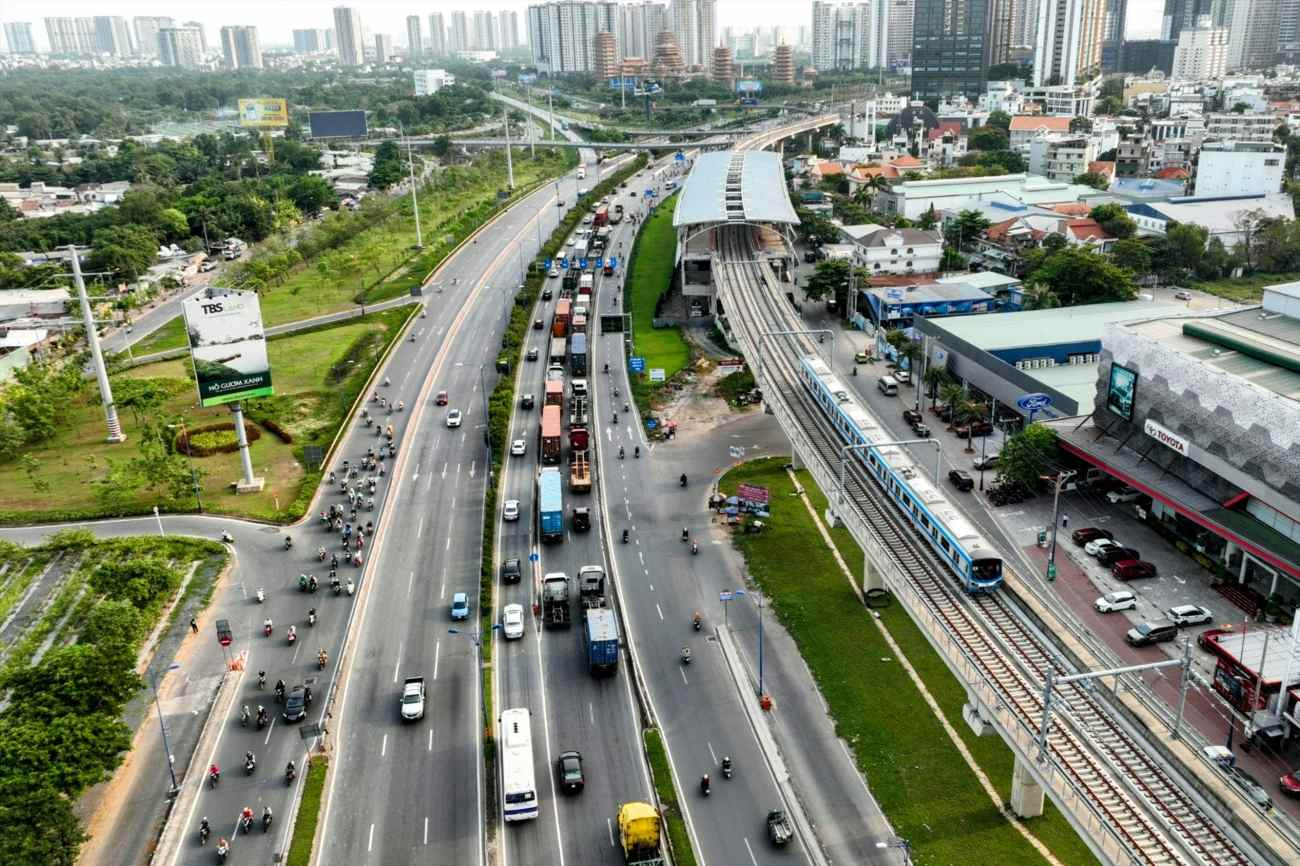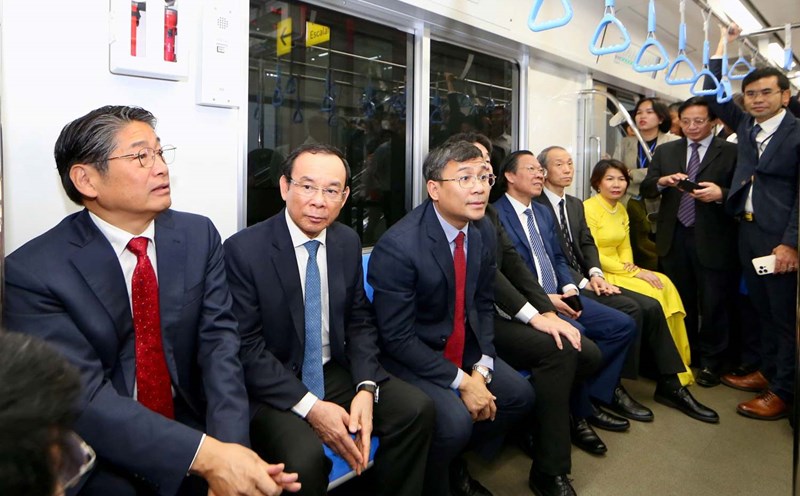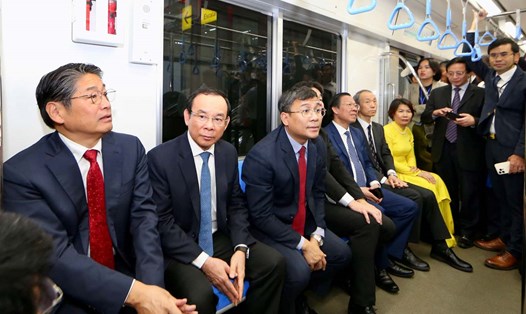It took 17 years to build 20km Metro Line 1.
Metro Line No. 1 (Ben Thanh - Suoi Tien), nearly 20km long, has officially been put into commercial operation since December 22, 2024, 17 years after its approval.
Initially, the project had a total investment of more than 17,000 billion VND, started in 2012 with a plan to complete in 2018. However, a series of difficulties caused the progress to be continuously delayed.
In 2019, the total investment was adjusted to more than 43,700 billion VND and took another 5 years of construction.

Similarly, Metro Line 2 (Ben Thanh - Tham Luong) was approved in 2010 with an initial total investment of about VND 26,000 billion and adjusted to nearly VND 47,900 billion in 2019.
In the past, the project encountered difficulties due to slow site clearance and capital arrangement. Although Ho Chi Minh City later decided to use budget capital instead of ODA loans, to date, this metro line has not been able to start construction.
In reality, it takes 17 years to complete a 20km metro line (Metro Line 1), while Metro Line 2 has not yet started construction after more than a decade.
Without breakthrough changes, the goal of building 7 metro lines with a total length of 355km within 10 years is an extremely big challenge.
Complicated procedure with 52 steps
According to the Ho Chi Minh City Urban Railway Management Board (MAUR), to implement a metro project in Vietnam, the process must go through 52 steps in 4 phases.
If the investor proactively proposes a project, it takes 7 steps to prepare a pre-feasibility report, 6 steps to approve the investment policy, 7 steps to approve the project and 32 steps to select an investor.
In case the city proactively conducts pre-feasibility studies and calls for investment, the number of steps can be reduced to 48, but important steps such as approving investment policies, approving projects and selecting investors remain the same.

The complexity of procedures is one of the main reasons for the slow implementation of metro lines in Ho Chi Minh City. Without a specific mechanism, each metro line still has to "grope" according to the old process, easily falling into a vicious circle like previous projects.
Five big lessons from Metro Line 1
According to Mr. Nguyen Quoc Hien - Deputy Head of MAUR, from the implementation of Metro Line 1, the city has drawn 5 important lessons to apply to the next metro lines.
First, site preparation must be done carefully. The Metro Line 1 project took 12 years to complete, partly due to inaccurate site surveys, which led to increased costs and delays.
Second, the legal framework needs to be clear. Metro Line 1 was implemented in a context of a lack of detailed regulations, causing procedures to be submitted to multiple levels, causing delays. Therefore, the metro system needs a systematic legal framework to avoid a repeat of this situation.
Third, the contract preparation must be rigorous. Contracts for metro projects are often very valuable, over 100 million USD. International contractors have strong legal teams, while the Vietnamese side has not prepared thoroughly enough. This leads to many unclear terms, causing disputes between contractors and consultants.
Fourth, it is necessary to increase autonomy in the implementation process. Metro Line 1 takes a long time because it requires consultation from many ministries and sectors, prolonging the implementation time. Giving more autonomy to localities will help shorten the project implementation time.
Finally, metro construction must be based on operation. Unlike bridge construction, which only needs to connect two points, metro systems require synchronization from the beginning, including operation, maintenance, personnel training and connection with other types of transport. If not calculated carefully, exploitation will encounter many difficulties.











